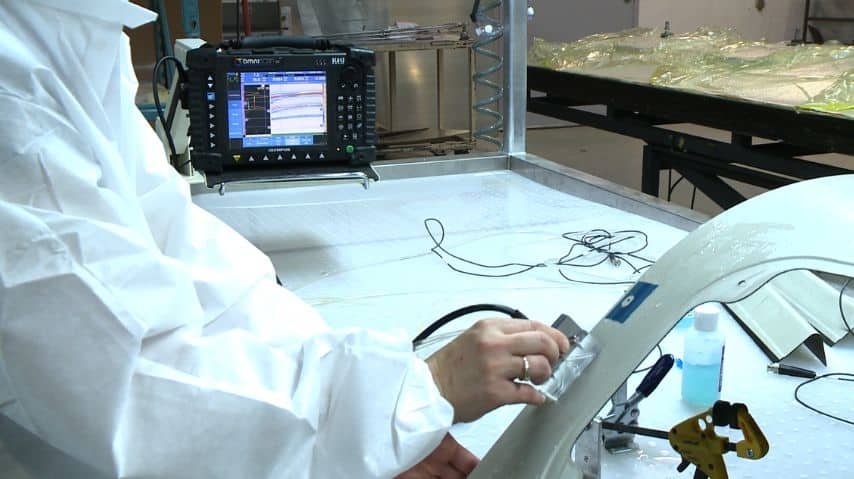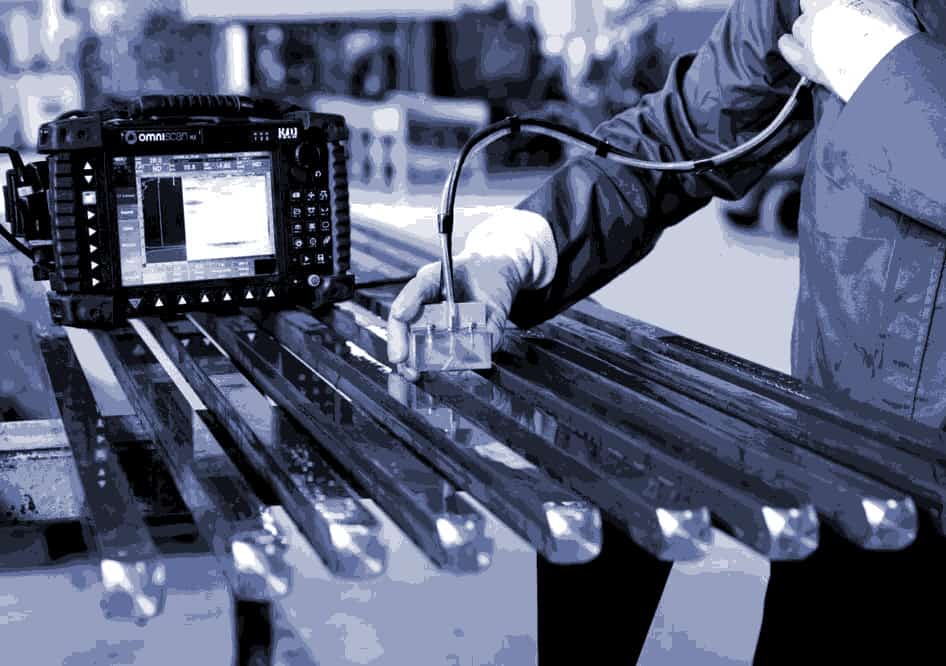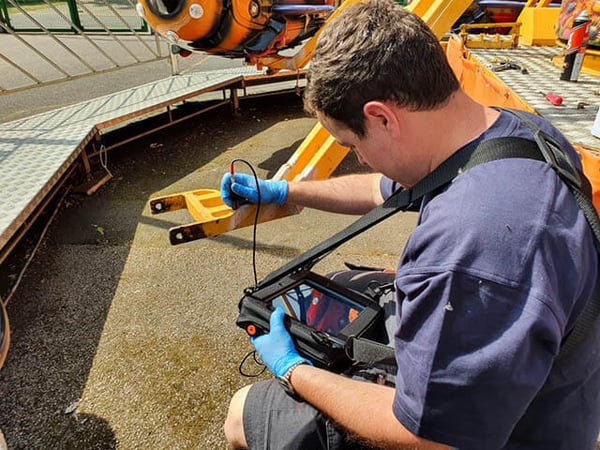In the world of industrial maintenance and quality assurance, determining the optimal frequency for crack detection is crucial. Cracks in materials can lead to significant failures, posing safety risks and financial losses. Therefore, understanding the right frequency for inspections can not only prevent potential disasters but also extend the lifespan of materials and structures. This article will delve into the methods, technologies, and considerations involved in establishing the optimal frequency for crack detection.

Understanding Crack Detection
Crack detection is a critical process in maintaining the structural integrity of various materials. Whether in construction, manufacturing, or aviation, identifying cracks early can save time, money, and lives. The process involves inspecting materials for any signs of cracks or weaknesses that could lead to failure.
Why Frequency Matters
The timing of inspections is just as important as the methods used. Too frequent inspections can be costly and inefficient, while infrequent inspections might miss critical damage. Hence, finding the optimal frequency is essential for effective maintenance strategies.
Factors Influencing Inspection Frequency
Several factors must be considered when determining the optimal inspection frequency for crack detection:
- Material Type: Different materials exhibit different susceptibilities to cracking. Metals, composites, and plastics each have unique characteristics that influence how often they should be inspected.
- Environmental Conditions: External factors like temperature, humidity, and exposure to chemicals can accelerate crack formation and growth.
- Usage and Load: The stress and load materials are subjected to will determine their likelihood of developing cracks.
Technologies in Crack Detection
The advancement of technology has introduced various methods for detecting cracks more efficiently:
Ultrasonic Testing
This method uses sound waves to detect imperfections in materials. It’s particularly useful for detecting internal cracks that aren’t visible to the naked eye.
Magnetic Particle Testing
Utilized for detecting surface and near-surface discontinuities in ferromagnetic materials, this technique involves applying magnetic fields and detecting disruptions in the field caused by cracks.
Setting the Optimal Frequency
Determining the optimal frequency for crack detection involves a balance between ensuring safety and managing costs. Here are steps to guide this decision:
Risk Assessment
Conducting a thorough risk assessment is essential. This involves evaluating the potential consequences of crack formation and growth in specific environments and applications.
Historical Data Analysis
Analyzing past inspection data can highlight trends and inform future inspection frequencies. Patterns in crack formation can provide insights into the most effective intervals for inspections.
Consulting Standards and Guidelines
Various industries have established standards for inspection frequencies. Consulting these guidelines can provide a baseline for determining the optimal frequency for specific applications. For more on inspection frequency, visit Maintworld.
Industry Applications
Crack detection is applied across various industries, each with unique requirements:
Aviation Industry
Regular inspections are critical due to the high safety standards. Technologies such as ultrasonic testing and eddy current testing are commonly used.
Construction Industry
The structural integrity of buildings and bridges relies heavily on regular crack inspections. This ensures the safety of the structures and extends their lifespan.
Advancements in Technology
Recent advancements have improved the accuracy and efficiency of crack detection technologies:
AI and Machine Learning
The integration of AI in crack detection allows for real-time monitoring and predictive analytics. AI can identify patterns and predict potential crack formations based on historical data, as seen in Control Loop Optimization.
Drone Technology
Drones equipped with cameras and sensors can quickly cover large areas, making them ideal for inspecting extensive structures like bridges and pipelines.
Conclusion: Striking a Balance
In conclusion, determining the optimal frequency for crack detection is a complex process that requires consideration of material properties, environmental factors, and technological advancements. By leveraging these factors, industries can enhance safety and efficiency while minimizing costs.

Frequently Asked Questions
Why is crack detection important?
Crack detection is crucial for preventing structural failures and ensuring safety across various industries.
What factors influence the frequency of crack detection?
Factors include material type, environmental conditions, and the stress/load the material is subjected to.
How has technology improved crack detection?
Technologies such as AI, drones, and advanced testing methods have improved the accuracy and efficiency of crack detection.
This article contains affiliate links. We may earn a commission at no extra cost to you.
